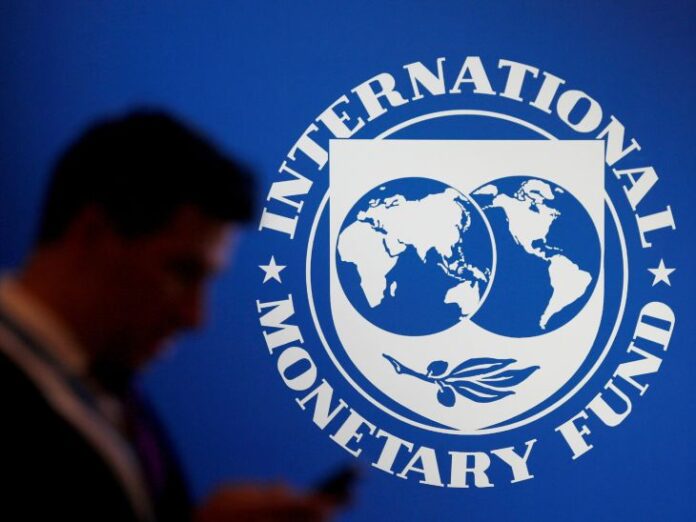- Hindi News
- Business
- International Monetary Fund Keeps India’s FY25 GDP Growth Forecast Unchanged At 7%
New Delhi1 hour ago
- copy link
The International Monetary Fund (IMF) has maintained India's Gross Domestic Product (GDP) growth estimate at 7% for the financial year 2024-25. At the same time, the GDP estimate for the financial year 2025-26 has also been maintained at 6.5%.
Earlier in July, IMF had increased India's GDP growth estimate by 0.20% to 7% for the financial year 2024-25. Then the GDP estimate for the financial year 2025-26 was said to be 6.5%. In April also, IMF had given the same estimate for FY26.
RBI kept GDP growth estimate at 7.2%
On October 9, RBI had retained India's GDP growth forecast for FY25 at 7.2%. In August, the World Bank had increased India's GDP growth forecast for the financial year 2024-25 from 6.6% to 7%. Then the World Bank had said that in the last financial year 2024, the Indian economy grew at a pace of 8.2%, which was the fastest.

What is GDP? GDP is one of the most common indicators used to track the health of the economy. GDP represents the value of all goods and services produced within a country in a specific time period. In this, the foreign companies which produce within the country's borders are also included.
There are two types of GDP There are two types of GDP. Real GDP and Nominal GDP. In real GDP, the value of goods and services is calculated at the base year's value or stable price. At present the base year for calculating GDP is 2011-12. Whereas nominal GDP is calculated at current price.
How is GDP calculated? A formula is used to calculate GDP. GDP=C+G+I+NX, here C means private consumption, G means government spending, I means investment and NX means net export.
Who is responsible for the fluctuations in GDP? There are four important engines for increasing or decreasing GDP. The first is you and me. Whatever you spend contributes to our economy. Second is private sector business growth. It contributes 32% to GDP. Third is government expenditure.
This means how much the government is spending to produce goods and services. It contributes 11% to GDP. And fourth is, net demand. For this, India's total exports are subtracted from total imports, because India has more imports than exports, hence its impact on GPD is negative.


